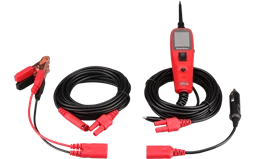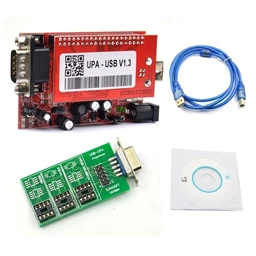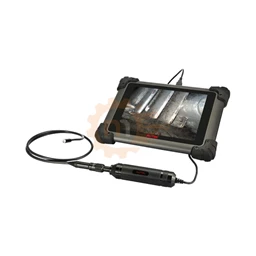First of all, the working principle of automatic transmission vehicles is more complex than manual transmission vehicles. The number of gears, synchromesh and sensors in automatic transmission vehicles is higher than in vehicles with manual transmission. This makes the system a more complex and tiring system. Therefore, when vehicles with automatic transmissions fail, they are exposed to both a complex repair system and more costs.
So, what should be considered during use and maintenance in vehicles with automatic transmission? Let's look at how the transmission life of automatic geared vehicles extend.
Make the Transmission Oil Change Before Time
The most important issue in extending the life of the gearbox is definitely the Transmission Oil. It would be healthier to have the transmission oil changed before the kilometer or even the kilometer specified in the vehicle maintenance catalog.
If you are driving in normal weather conditions and at normal speeds, you can change the transmission oil in normal periods, but if you are a user of a hot, dusty and particularly hard vehicle, it will definitely benefit you to have your vehicle serviced before the period.
You can easily understand whether it is time to change the transmission oil of your vehicle.
For this, it will guide you to pull the gearbox oil dipstick, which is just like the engine oil dipstick, and look at the quality of the oil on it.
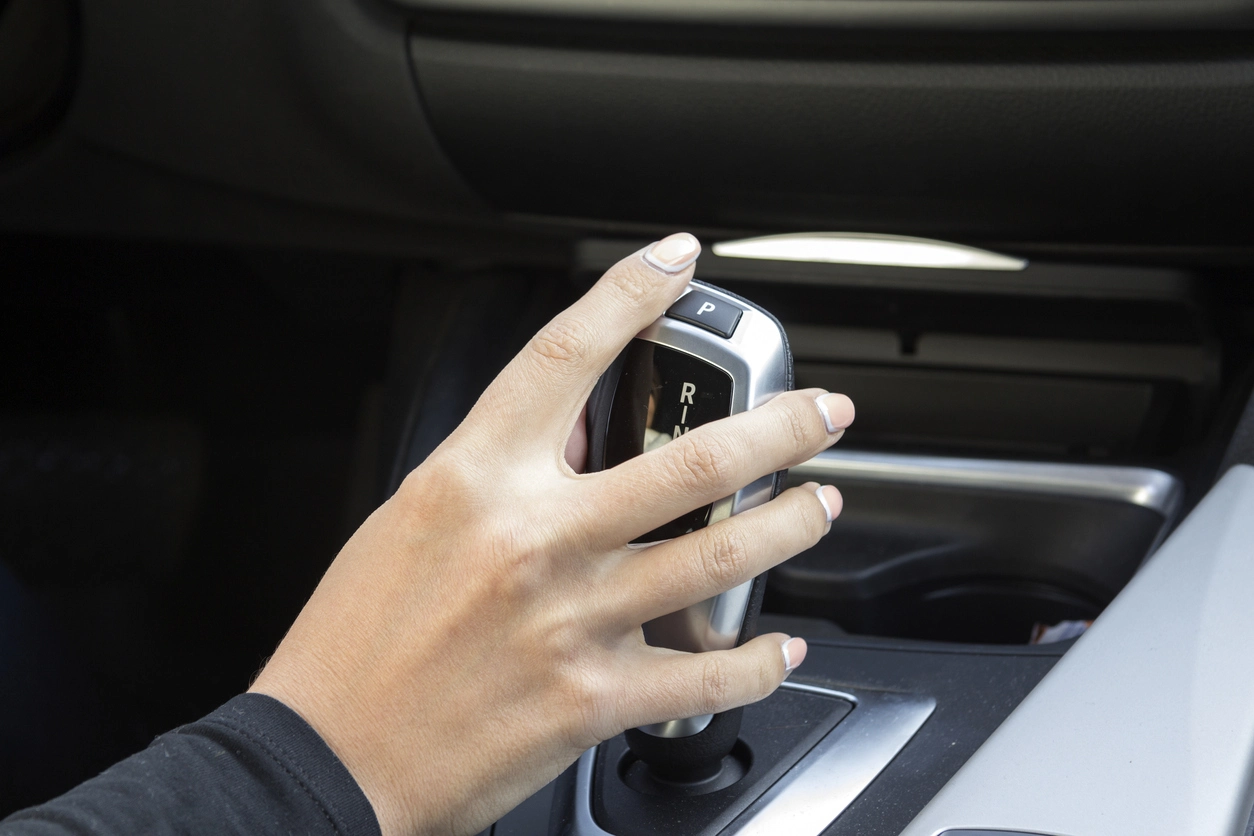
It is ideal to have the transmission oil color yellow, orange, red after pulling the gearbox dipstick. If the oil has turned black, it is time to change that oil.
In addition, when we drop a drop of oil between our two fingers, we can measure the stretching of that oil. If the oil is stretched, it has a lifetime, but if it does not stretch and becomes black, that oil should be changed urgently.
Unfortunately, the FLUSH Method, which is not known by many service masters in our country, is another important issue during the oil change in terms of extending the life of the gearbox.
With this method, after the oil change is made at first, an average of 1000 km of road is made by the vehicle, after 1000 km of road, we can completely clean the residue and soot in the gearbox by changing the new oil for the second time.
In this way, we will definitely increase the life of the transmission.
Never Change Gear Before Stopping the Car (Especially in Old Transmissions with Torque Convertor)
Even if the wheels of the vehicle are small, changing gears while moving will damage the gears of the transmission.
If our automatic geared vehicle is not at a standstill, there is absolutely no gear change.
If you change gear without stopping the vehicle completely, the gears will contract more than necessary, causing wear, burring, and if the vehicle is uphill or in reverse gear, it may miss.
Move the gear to N Position in Long-Term Parks and Traffic Lights
If the vehicle will stop without moving for more than 15-20 seconds while driving, the gearbox lubrication will stop and your vehicle will breathe when you bring the gear position to N level. Also, while shifting to D and P position, that is, when loading the vehicle, wait for a second after shifting gear. In this way, you can have a healthy drive with your vehicle without interrupting the lubrication.
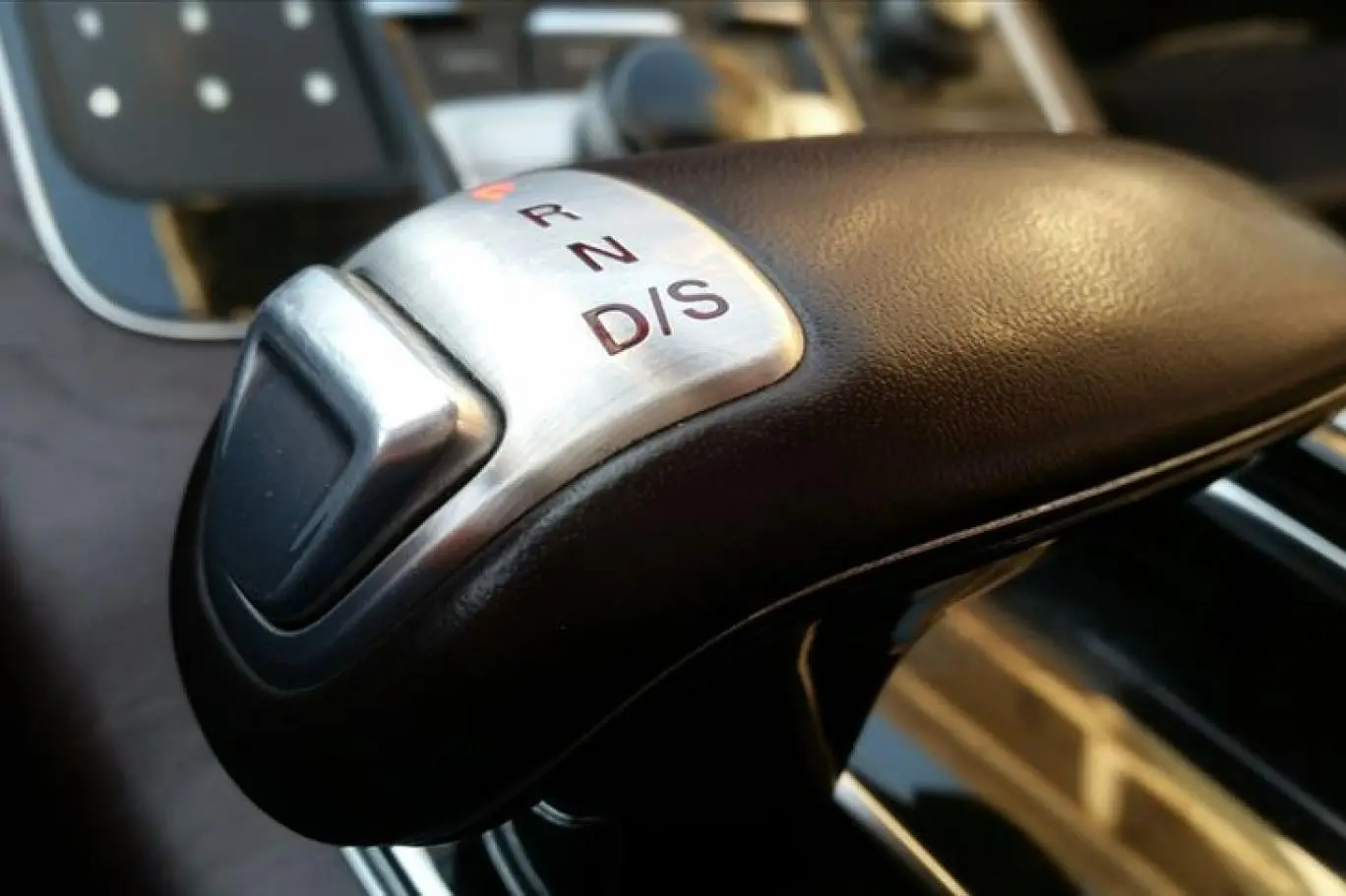
Do All Types of Gear Shifts Gentle, Don't Batter the Car
If you do not force the vehicle to shift gears, you will extend the life of the gearbox, so you will not encounter knocks and damages.
When Driving Downhill, Never Change the Gear Position to N (Do Not Dispose of the Gear)
Automatic transmission vehicles have a mechanism sensitive to speed.
The maximum speed when going with the 2nd gear is clear, the maximum speed when going with the 3rd gear is clear.
If you throw it idle while descending the ramp with 80 and then attach it to D, or if you put it on 2 while driving downhill with 90, the gearbox will be overloaded.

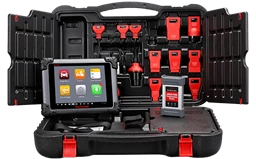

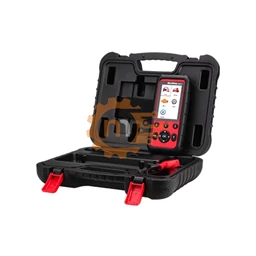

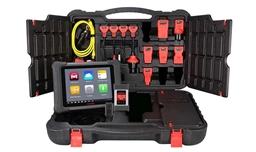


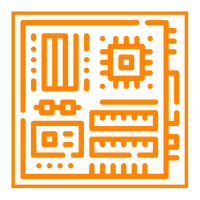

.webp?size=256)




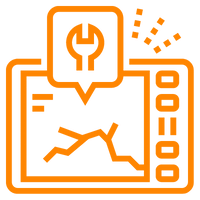

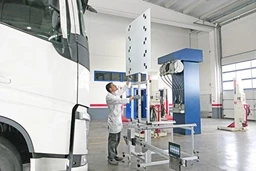

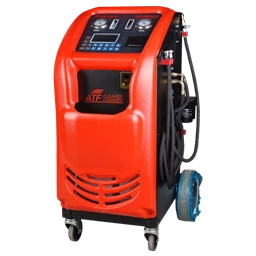

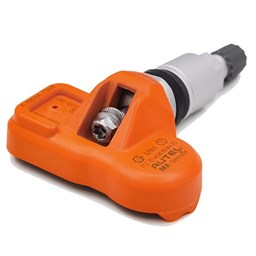

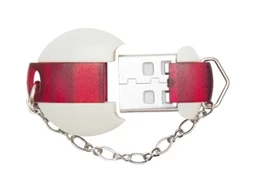

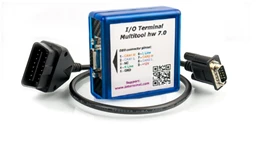
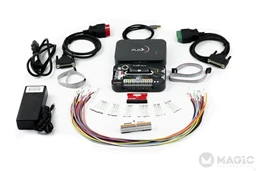
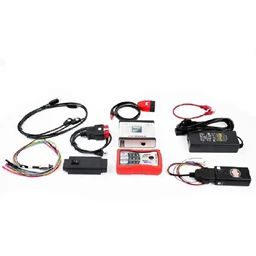
 Cihazı.webp?size=256)

